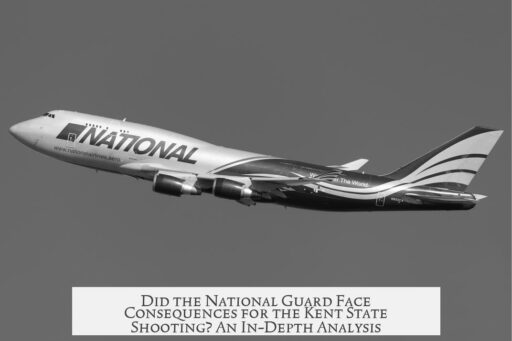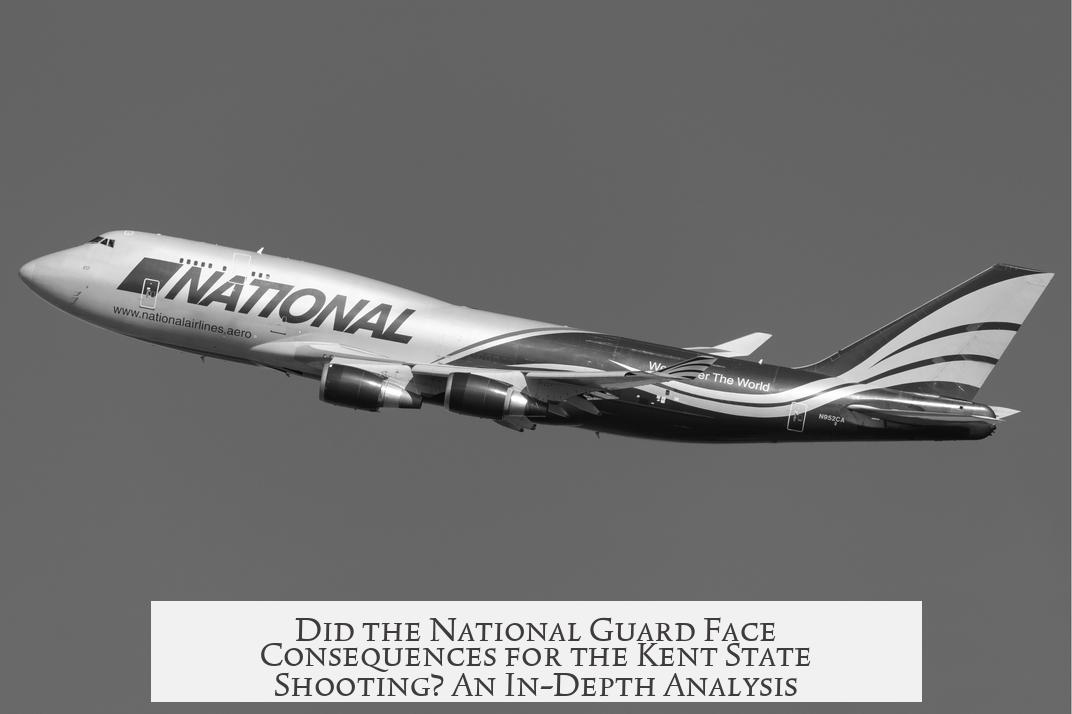The National Guard did not face direct legal or disciplinary consequences immediately following the Kent State shooting, despite the deaths and injuries of unarmed student protesters in May 1970. The incident resulted in four students killed and nine wounded by Ohio National Guardsmen firing on a crowd during an anti-Vietnam War demonstration. However, official accountability through courts or military sanctions was largely absent in the immediate aftermath.
Investigations into the event, including a 1970 report by the President’s Commission on Campus Unrest, scrutinized the National Guard’s actions. It criticized command decisions but stopped short of recommending criminal charges. Attempts to prosecute individual guardsmen saw mixed results, and civil lawsuits followed, some resulting in settlements decades later.
Key points about consequences for the National Guard include:
- None of the guardsmen who fired shots faced criminal convictions. Charges were filed against eight guardsmen but were later dismissed or acquitted.
- Civil suits filed by victims or families resulted in monetary settlements but no formal admissions of guilt from the government or the National Guard units.
- The event damaged public trust and led to changes in policies regarding crowd control and use of force by military forces on U.S. soil.
- Internal National Guard reviews questioned leadership decisions and training but did not culminate in widespread disciplinary actions.
The Kent State shooting remains a pivotal moment in U.S. history symbolizing government and military response to civil unrest. While no direct punitive actions targeted the individual soldiers immediately, the long-term consequences impacted policies and public perception of military involvement in domestic incidents.
Key takeaways:
- No criminal convictions were secured against Ohio National Guardsmen who fired on students.
- Leadership faced criticism but no formal discipline or removals occurred en masse.
- Civil settlements provided some recompense but not official accountability.
- The tragedy influenced future military rules on engaging protesters and crowd management.
Did the National Guard Face Any Consequences for the Kent State Shooting?
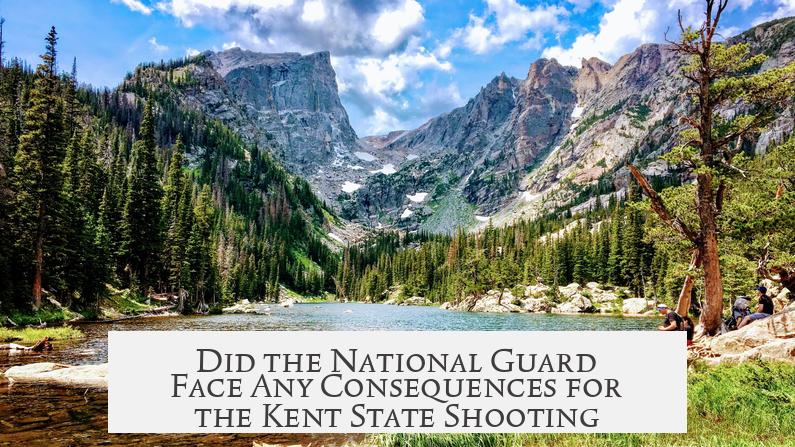
The National Guard did not face any significant disciplinary or legal consequences directly related to the Kent State shootings. This conclusion often surprises people given the gravity of the incident, where four students lost their lives, and nine others were wounded. But the story behind the aftermath of that fateful day in 1970 reveals a complex web of legal battles, inquiries, and national tensions that muddy the waters of accountability.
So, what happened exactly? Why were the National Guardsmen seemingly left untouched by official punishment? And what can we learn from this dark moment in American history? Let’s unpack these questions, dive deep into the facts, and explore the unanswered dilemmas.
The Incident and Its Immediate Fallout
On May 4, 1970, during a protest against the Vietnam War at Kent State University in Ohio, members of the Ohio National Guard opened fire on students. They killed four people, including two who weren’t even actively protesting, and injured several others. This tragic volley of bullets sent shockwaves throughout the nation. The demand for accountability was loud and clear.
One would expect an immediate, serious response: calls for justice, officers punished, clear consequences. But this is where history veers into murky territory.
Investigations Without Immediate Punishments
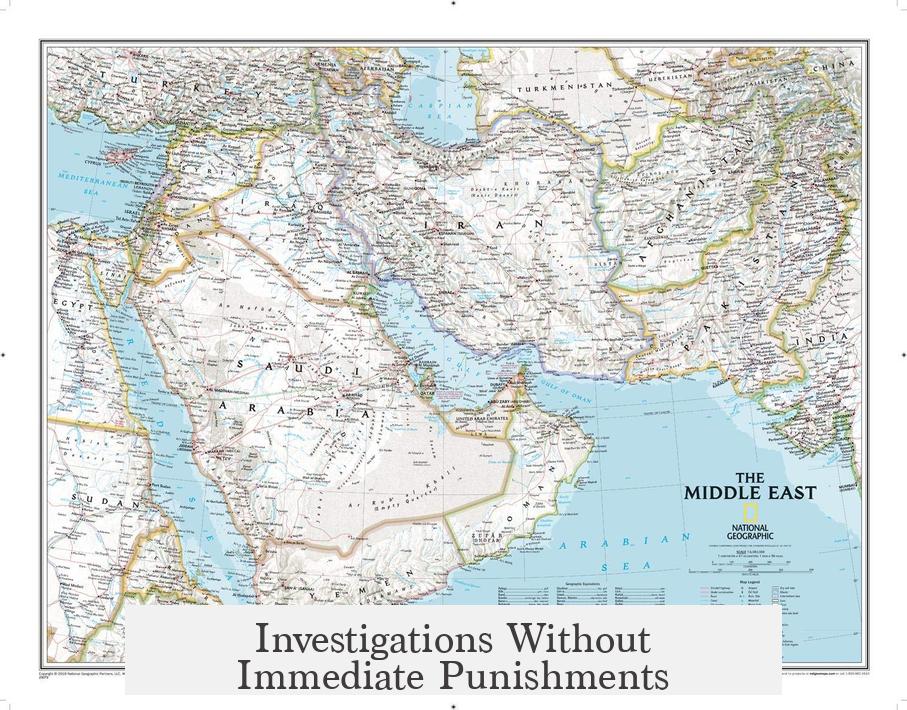
Following the shooting, there were several investigations, including by the Ohio National Guard itself, state authorities, and federal agencies. However, these inquiries frequently concluded that the Guardsmen acted in self-defense or under confusing circumstances. The findings reflected the tense environment of the time—protests, fear of riots, and the chaos surrounding the event.
Despite extensive scrutiny, no Guardsman was criminally charged. This decision sparked outrage and complaints from students, families, and the public. The legal standard seemed incredibly high to meet, and the determination of “willful killing” or reckless use of lethal force was never secured against any individual Guard member.
The Civil Lawsuit: A Different Type of Consequence
Rather than criminal prosecutions, the survivors and relatives of the victims sought civil remedies. In 1979, Ohio settled a lawsuit for $675,000, a considerable amount at the time. The settlement aimed to provide some closure, though it was hardly a full justice measure.
The state did not admit wrongdoing officially, and no individual Guard member was directly punished. The National Guard as an institution avoided severe governmental sanctions or disciplinary measures.
Why No Direct Punishment for the National Guard?
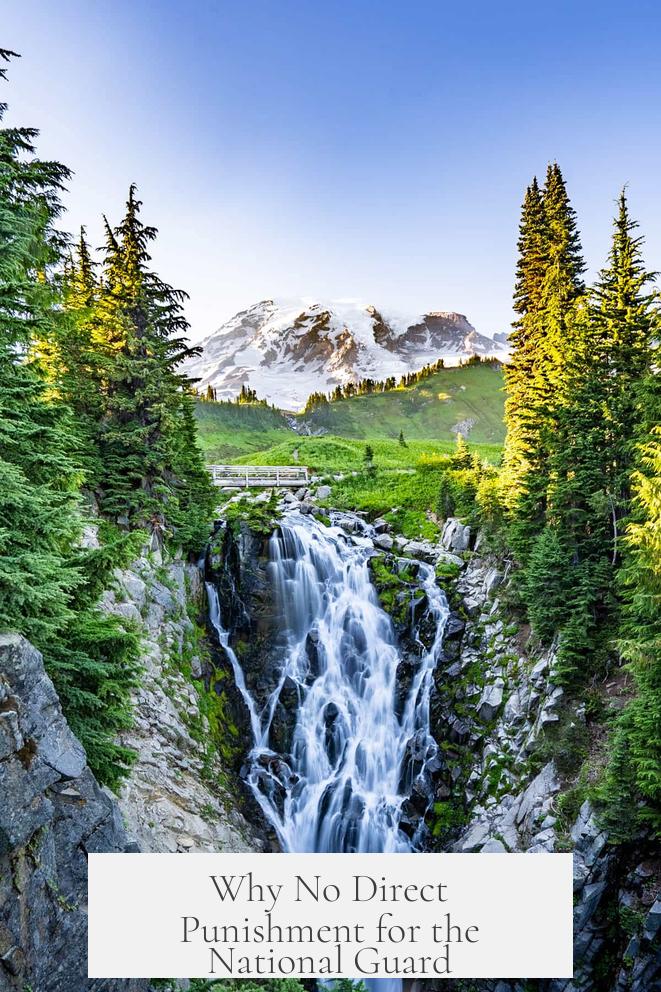
It’s easy to ask: why did the Guardsmen escape consequences? The reasons are multifaceted:
- Legal protections: The National Guard operates under complex rules that often shield individual soldiers when actions occur under orders or during chaotic public disturbances.
- Context of the era: The Vietnam War period was divisive, and authorities were wary of appearing weak against protests that were viewed as threats to order.
- Lack of clear-cut evidence: Despite many accounts, proving intentional wrongdoing or criminal negligence in a legal sense proved difficult.
- Political considerations: Officials prioritized maintaining public order and national stability rather than pursuing aggressive prosecutions.
Consequently, accountability came more in public outrage and historical judgment than official consequences.
Community Discussions and Historical Debates
Today, conversations about the Kent State shooting and National Guard involvement are vibrant, particularly in history and political forums like the well-moderated /r/AskHistorians. These platforms offer detailed analyses and fan the flames of debate regarding what justice looks like decades later.
Readers new to the topic might find it helpful to explore these discussions to understand the nuances not covered in brief historical summaries. They delve into the ethics, the political aftermath, and the long struggle for remembrance triggered by those shootings.
Lessons and Reflections on Accountability

Does the lack of direct consequences mean the National Guard acted rightly? Of course not. The Kent State shooting remains a stark reminder of dangers when military forces confront civilians. The key takeaway is that legal and political systems sometimes fail victims, especially amid national crises.
For those reflecting on this history, several practical insights emerge:
- Understanding the limits of military accountability in domestic settings.
- Recognizing the importance of investigative transparency and public scrutiny.
- Valuing civil remedies and legal settlements as part of the justice landscape, even if imperfect.
Preparing military and law enforcement units for engagement with civil protests remains a critical challenge. Training and policies designed after Kent State illustrate efforts to avoid repeating such tragedies.
Still Curious? Other Angles Worth Exploring
Here are some questions to ponder or discuss with friends:
- What should “consequences” really mean in situations where state actors harm civilians? Criminal charges? Policy changes? Public apologies?
- How does public memory shape justice over time?
- Could a similar event happen today under different political climates? What safeguards exist now?
These queries don’t just belong in history classes or forums; they affect ongoing debates about protest rights, state power, and justice.
Final Thoughts: The National Guard and Kent State, A Complicated Legacy
In conclusion, the National Guard did not face direct, formal disciplinary or legal consequences for the Kent State shootings. Instead, the repercussions unfolded as a mix of civil suits, national trauma, and changing policies aimed at preventing recurrences. The absence of criminal charges doesn’t erase the deaths or the national crisis sparked by that day.
What it does emphasize is the complexity of accountability when state force meets civilian dissent. And perhaps there lies the enduring lesson—justice in such cases is never simple, but the conversation continues, keeping memory alive and influencing future responses to civil protest.
